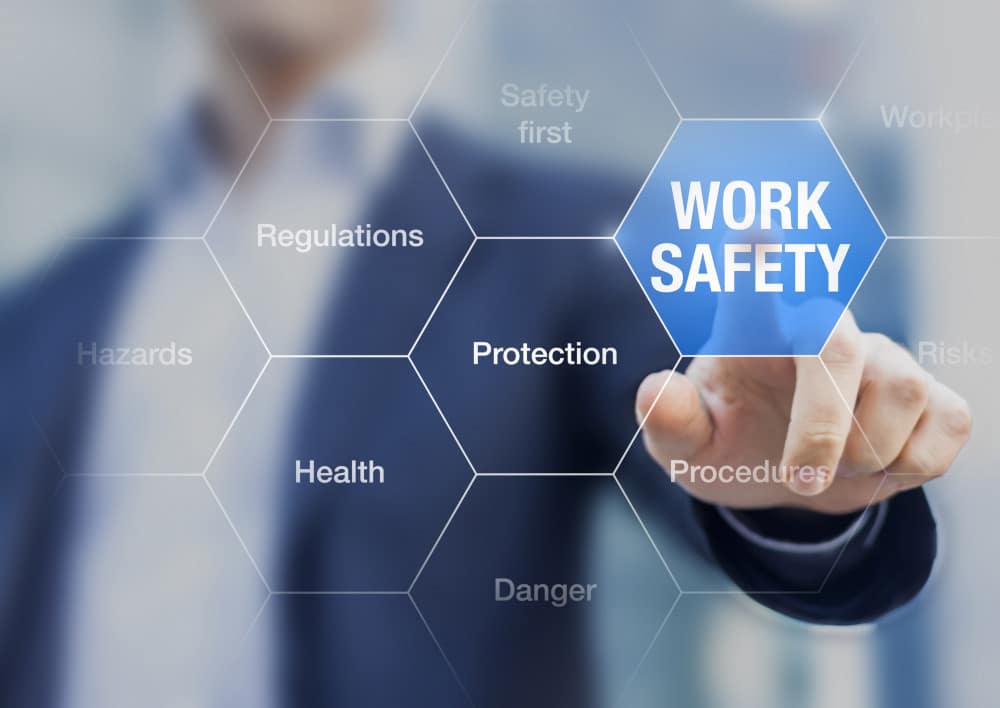
The construction industry can be viewed as a high-risk industry. Although only 7% of employed people work in this sector, last year it was estimated that there were 82,000 work-related ill-health cases in the construction industry, 62% was musculoskeletal disorders and 25% were stress, anxiety or depression related (HSE 2017/2018 statistics).
Those who work in construction are also more likely to face long term health issues and each year, around 3,000 workers in construction suffer from breathing and lung problems they believe were caused or made worse by their work in construction.
Legislation
In April 2015 the CDM regulations were updated and part of these updates was due to statistics showing that most injuries, illness and fatalities in the industry were happening at the lower end of the industry and on non-notifiable schemes. Some of the key objectives of CDM 2015 are to maintain or improve worker protection and improve health and safety standards on small construction sites.
Today and in the future, health and safety will remain a priority for the industry with some of the HSE’s key priorities being around workplace illnesses. The HSE has rolled out numerous initiatives to combat illness in the workplace including their #Workright and #Dustbuster campaigns.
For health and safety practitioners in construction, there is a need to find a balance on small projects and ensure bureaucracy is minimised whilst delivering improvements in safety. This is especially true for small projects where they are advising clients, designers and contractors and proportionate approach to health and safety and risk management can be taken.
The Rise of Occupational Health Issues
Occupational health is a very important issue for those who work in construction and the sector as a whole. Last year there were 51,000 work-related musculoskeletal injuries and 3,000 who suffer from breathing and lung issue.
Disease in the Construction Industry
One of the biggest causes, if not the biggest cause of disease in the industry is the exposure to dust. ‘Dust’ includes wood dust, crystalline silica and other components. The CDM regulations are just one piece of legislation that looks to successfully tackle this issue today with a view to resulting in a shift in the industry and their supply chains.
Architects who are designing projects and anyone else who is at the very top of the supply chain should consider all of the hazards and dust control should be taken into account. Those who manufacture and supply tools and materials have a key role in making changes to the industry too. For example, exposure on power tools such as sanders and circular saws needs to be addressed.
Another example is the industry-wide recognition that asbestos is a risk and the understanding that some work carried out can cause diseases, leading to this issue being tackled by changes in the industry and health and safety legislation over the past 20 years.
Mental Health in the Construction Industry
It is not just physical health issues that are affecting people who work in construction but mental health plays a massive part in health and safety. Last year there was an estimated 14,000 work-related cases of stress, depression or anxiety (new or long-standing) which equates to one-sixth of all ill health in the construction industry.
Suicide is still the single biggest killer of men under the age of 45 and as the construction industry is predominantly male then there is a high-risk factor of stress and depression. The industry is well known for being highly stressful with risk to injury, long hours, often working away from home and of course, job security being some of the main pressure points.
It is known that certain job types come attached to stigma and unfortunately, this has led to construction workers, again predominately men not being able to talk about how they are feeling and bottling it up due them not wanting to appear weak.
There is a lot of work still to do in the industry to try and cut through this stigma and encourage workers to talk. When putting together an occupational health strategy, wellbeing should also be taken into account, especially when it comes to mental health. As an employer good communication with the workforce on health, safety and wellbeing is key and there are things that can be done to help alleviate stress in the workplace such as regular breaks and support from colleagues and management. Encouraging workers to talk about potential problems before they become a wider issue should be widely encouraged too, for example, if there is a staff shortage causing a worker to work longer hours, which in turn is causing tiredness and stress then this should be discussed and the worker should feel comfortable addressing this with the employers support.